acknowledgments
F irst and foremost, I would like to thank my good friend and mentor Moira C. Reeve for her guidance and assistance on this project. Second, sincere thanks to my husband Joe for his support and to my dad, who for the past twenty-five years has helped build countless horse shelters and feed and tack rooms and even replaced my horse trailer floor. Thanks to Horse Illustrated editor Liz Moyer for reading this manuscript and offering valuable advice. Special thanks to trainer Dale Rudin and veterinarian Nancy S. Loving for answering questions and lending their expertise. Id also like to thank the excellent photographers whose images appear throughout this book: Moira C. Reeve, Shawn Hamilton (CLiX Photography), and Dusty L. Perin. Last but not least, thanks to Lali Mitchell for housing my pony at her lovely property, complete with forest and stream, ringed by mountains of trails.

Choosing the Right Horse
M any characteristics define the ideal trail horse. Of course, she should have a good head on her shoulders and not be frightened by every odd noise or each unusual rock that she passes.
A good trail horse is also responsive to her rider, obeying subtle cues and accepting direction willingly. She should be sure-footed and sound, carrying her rider safely over rugged terrain. A trail horse also must be fit so she does not tire quickly while traversing the countryside. In addition, her gaits should be easy to sit, as her rider will be spending ample time in the saddle.
The ideal trail horse is all these things, certainly, and much more. The attributes listed above fall into four general categories that must be evaluated: temperament, training, health, and breeding. Whether you already own a horse or are purchasing one for trail riding, carefully critique her suitability by looking at these four areas.
Temperament
Although training and experience can change to a certain extent how a horse handles new and unusual circumstances, all horses are born with particular temperaments, just like people. Some horses handle stress and change better than others. Some get flustered or worried and prefer the security of calmer, more predictable environments. You can train horses (and people) to control their emotions and reactions to some degree, but you cant change their innate temperaments.
For you to enjoy trail riding, your horse also must enjoy it. You need to accept that an extremely high-strung or nervous horse probably will not be happy on the trail, and her rider wont have a very good time either. Choose a trail horse with the following attributes:
 calm demeanor
calm demeanor
 mild reactions and quick recoveries
mild reactions and quick recoveries
 curiosity
curiosity
 independence
independence
 trust
trust
Calm demeanor: A good trail horse candidate will be relaxed and laid-back. You can spot these gentle, easygoing horses by their calm demeanors. A confident horse with a sensible temperament will show relaxed body language as she moves about on the lead or under saddle, whereas a nervous horse will be rigid or tense and ready to react to the slightest disturbance.
Mild reactions and quick recoveries: All horses react instinctively, usually with a flight response, to things that frighten them, but some horses respond more quickly or violently than others do. Although occasional shies are certainly forgivable, a horse that rears, bolts uncontrollably, or spooks violently can unseat a rider and cause serious injury. A mount that puts her rider in danger is most unsuitable.
Even a good trail mount may spook or react to new sights and sounds, but shell quickly regain her composure. A horse that can recover from a scary situation willingly and move on is invaluable.
Curiosity: A good trail horse is naturally curious. She will look at unusual items or surroundings with interest rather than fear. If allowed, she will walk forward to investigate rather than bolt. Even a horse that is nervous when passing a frightening object but doesnt spin around or spook is a good candidate for trail riding.
Independence: Horses are herd animals, and, as such, they feel more comfortable in the company of other horses. This can be a negative. Some horses get very antsy and upset if their friends are out of sight for even a moment. You could plan on always riding with other people, but a horse confident enough to move away from her friends is an important asset; someday, you might need to ride for help or to perform other tasks alone. You want a horse that will listen to you and not lose her cool the minute shes separated from other horses.

A horse warily examines unfamiliar brush beside a trail. A trail horse may spook if she sees a foreign object, but she should quickly regain her composure.
Trust: A horse that cant trust her rider or that would rather let her instincts consume her is probably not a good trail candidate.
Training
In addition to having the right temperament, to be safe on the trail, your horse must listen to your cues, which means she needs to be well trained, with a solid foundation. Horses lacking basic training will be difficult to control on the trail and, in some cases, dangerous.
BASIC SKILLS
Like show horses, trail horses should be able to walk, jog, lope, back up, side-pass, stop, and turn with hand and leg cues in an arena before heading out on the trail. A trail horse also needs solid ground manners, including holding still while the rider mounts and dismounts, leading without dragging or bullying the handler, and tying safely. If a horse lacks any of these skills, some basic training is in order before you leave the safety of the stable.
Trail horses are also asked to tackle tasks and situations that show horses will never encounter. A trail horse often needs to stand patiently while the rider opens and shuts a gate from the saddle. Its helpful if the horse knows how to ground tie, as well. Shell also need to be trained to cross water; this can be daunting if the horse has never crossed water or is fearful of it. Depending on what type of trail activities you plan to do with your horse, she may require additional skills.
For example, if you plan to pack into or camp in areas without corrals, youll need a horse trained to stand hobbled or tied on a high line. Know ahead of time what you plan to use the horse for, then devise a list of skills your candidate must possess before you take to the trails.
TRAINING VERSUS AGE
Age is not as important as temperament, training, and health. A four-year-old with a great deal of training and experience may be a better choice than a ten-year-old that hasnt been ridden or handled as frequently. However, older horses often have more training and experience than their youthful counterparts. Never overlook a senior horse; many horses can still trail ride well into their twenties.

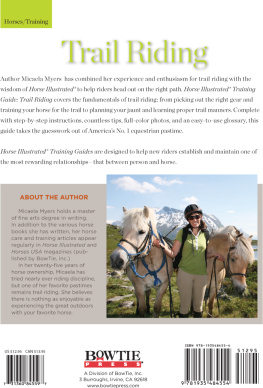


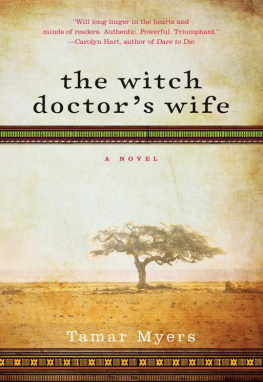

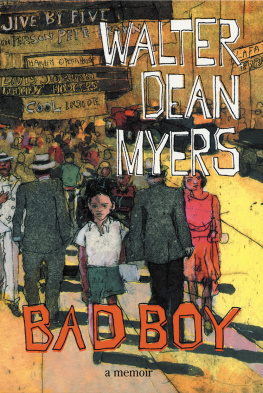


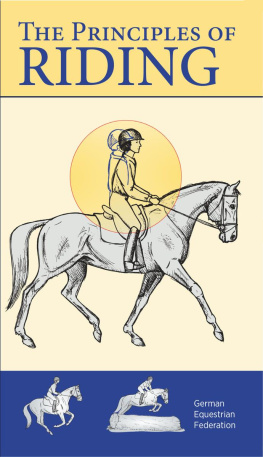
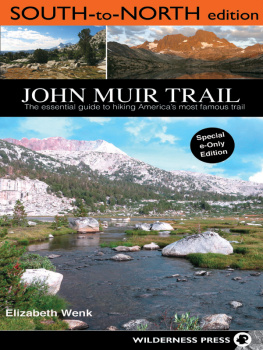

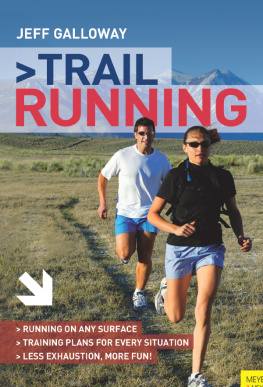
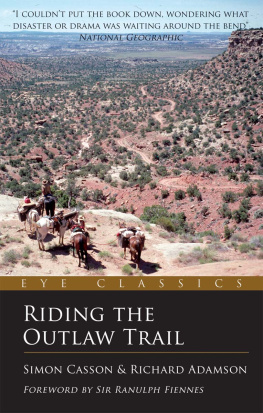
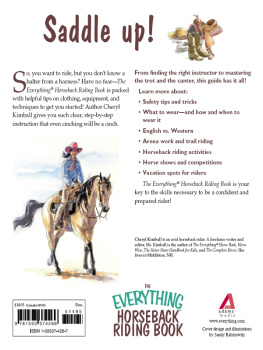
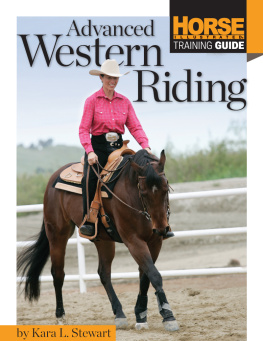
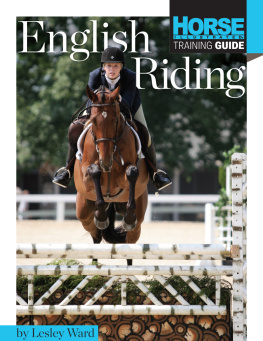


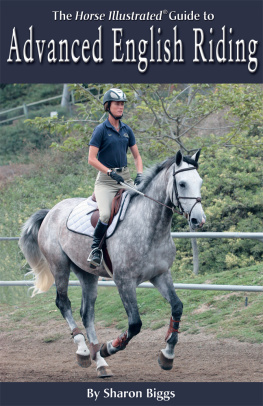


 calm demeanor
calm demeanor